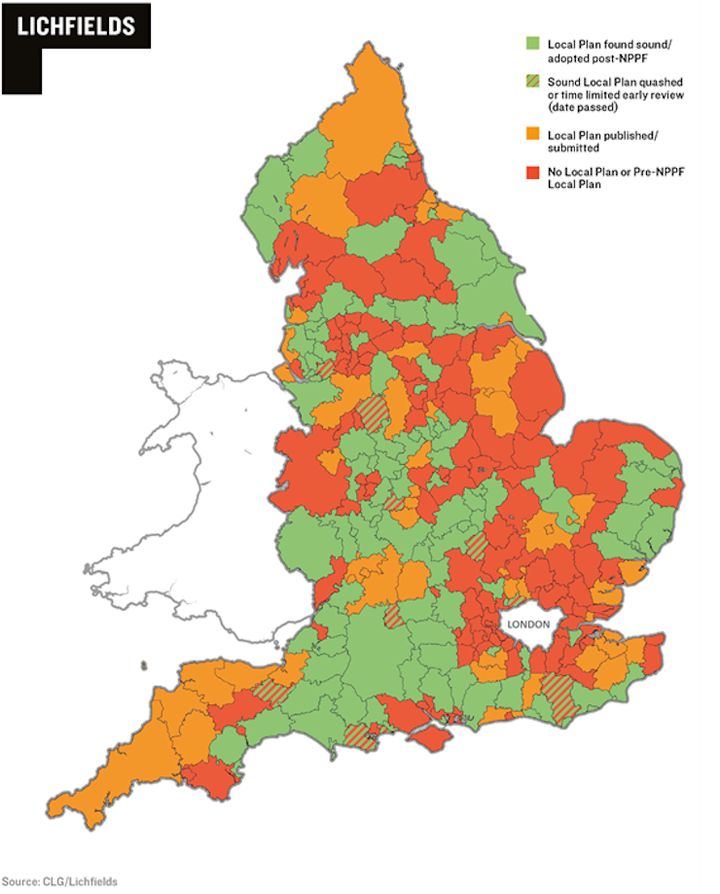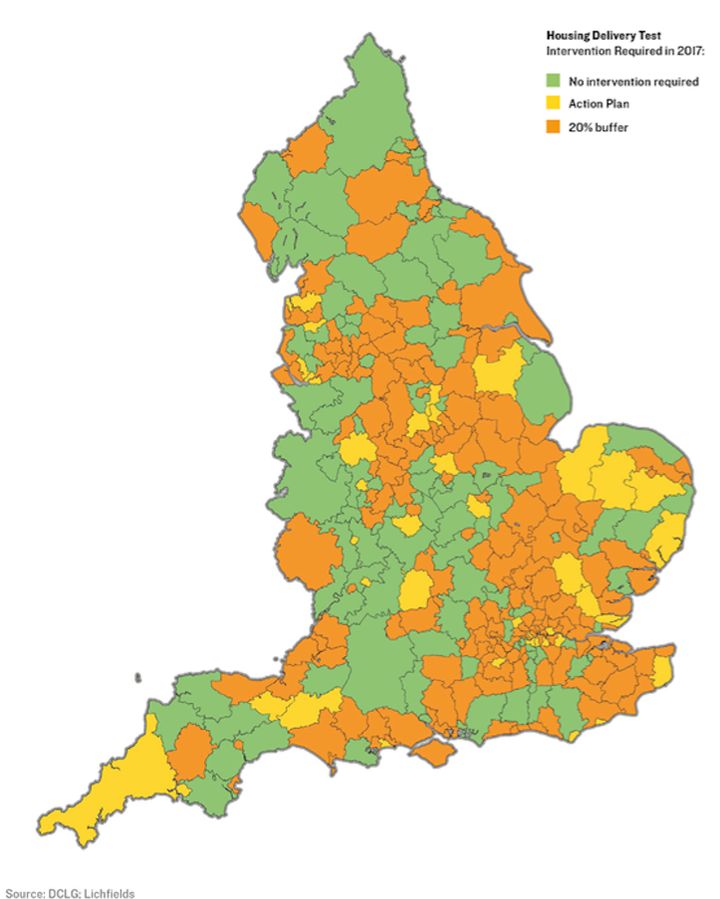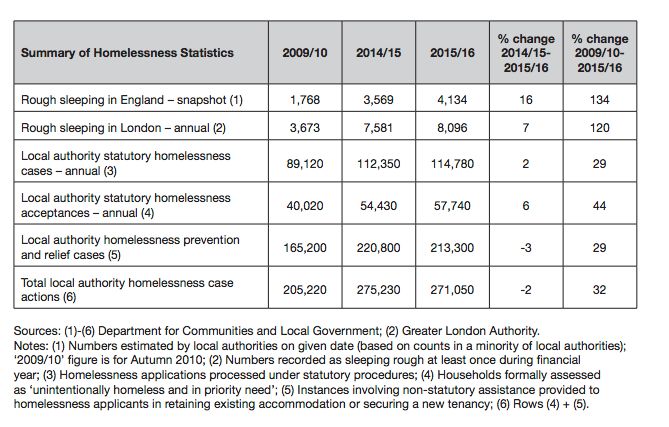
Rent controls, building on the green belt and reforming the benefits cap are just some of the measures needed to tackle the housing crisis, experts have warned.
As part of our Beyond Brexit series, HuffPost UK spoke to three leading housing experts to find out what politicians need to do to finally get to grips with one of the most serious issues facing the country.
Generation Rent: Introduce rent controls
Seb Klier from Generation Rent accused politicians of overlooking “one of the most obvious solutions” for solving the housing crises – introducing rent controls.
Klier believes capping the amount landlords can charge is a “no brainer” when it comes to helping many of the UK’s 12million renters save up money for a deposit to get on the housing ladder.
Speaking to HuffPost UK, Klier said: “When we talk about housing affordability we often overlook one of the most obvious solutions, and that’s rent control. Already too many private tenants are paying over half their wages in rents and high housing costs force people into overcrowded properties with poor management. There’s also a high-cost to the state with £10billion in housing benefit going to private landlords each year.
He added: “Across Europe, private rent controls are the norm, even in private rented sectors which are much larger than our own.”
The Conservatives have historically objected to such controls, and when Ed Miliband proposed limiting increases to below inflation in 2015, the Tories said it would force up rents and undermine investment in housing.
Jeremy Corbyn used his 2016 conference speech to vow to introduce rent controls, but it is unclear whether that policy will make it into Labour’s 2017 manifesto.
Lichfield Consultancy – Build on the Green Belt

Joe Sarling, associate director at the planning and economics consultancy Lichfields, is frustrated that for all the talk of solving the housing crisis, one potential solution remains “off limits” – building on the Green Belt.
The Tories ruled out watering down Green Built protection in its Housing white paper, and in an interview with HuffPost UK last month Labour’s Shadow Housing Secretary John Healey made the same promise.
But Sarling believes that “whilst Green Belt is not the only factor underlying the housing crisis, its combined effects are serious: problems of lack of affordability, over-crowding, and insecure tenure.”
He said: “We have all heard the hyperbole from both sides of the Green Belt debate. On one side are claims of voracious housebuilders seeking to concrete over endless fields and destroy rolling, picturesque countryside. On the other, every objector is a home-owning NIMBY determined to stop all house building anywhere. These caricatures are wrong and unhelpful, but lead to politicians often shutting down the discussion.”
Sarling criticised local councils in Green Belt areas for ducking “difficult choices” about where new houses should be built – with just a third of these authorities putting in place a proper framework in the form of a Local Plan.

He said: “Areas with substantial Green Belt are expected to see household growth equivalent to 107,775 dwellings per annum, but saw only 72,713 homes built last year (67%). If this continues over the fifteen year lifespan of most Local Plans, this is equivalent to a shortage of half a million homes. Based on the Government’s proposed housing delivery test – as set out in the Housing White Paper – around 65% of councils that are constrained by Green Belt are building less than 85% of their housing need, compared to 49% of unconstrained areas.”

Alongside this, there is a lack of joined-up thinking. Sarling points to the fact that London needs to build 49,000-62,000 homes per year, but “given constraints on land, identifies annual targets equivalent to 42,000, leading to an overspill of at least 7,000 homes each year.”
This ‘overspill’ is not reflected in the Local Plans over authorities outside London.
Sarling warned:
“If we are unable to build sufficient homes within the capital’s boundaries and land just outside is not allocated for housing, then we either face further housing shortages – which impacts on price and availability – or we build homes the other side of the Green Belt, contradicts the original aim of restricting urban sprawl and would require greater infrastructure investment, longer travelling times and greater environmental impact.”
Charted Institute of Housing – Reform the Welfare Cap

Chartered Institute of Housing Chief Executive Terrie Alafat described this election as the “ideal opportunity for each political party to look at pragmatic proposals for how we solve our housing crisis.”
She told HuffPost UK a cross-party consensus was needed in order to truly get to grips with the problem, as well as a “proper debate” on what solutions were needed.
Alafat backed calls for an increase in not just house building but in the number of affordable homes being constructed. “32,110 affordable homes were delivered in 2015/16 – that’s the lowest level since 1991/92 at a time when need is increasing,” she said.
Alongside an increase in building, Alafat was clear that the Government’s welfare polices – in particular its housing benefit cap – was causing “real hardship for people across the UK.”
She said:
“Our research for example has shown that 116,000 families (and 300,000 children) will be affected by the reduced benefit cap which came into force in November, leaving them with a weekly shortfall of more than £100 in help with their housing costs in many areas.
“We are getting to the stage where even the most affordable housing is out of reach for people who need it if they need any kind of help with their housing costs. And it’s going to get worse from April 2019 when the Local Housing Allowance cap is extended to social housing.
“Whoever wins the election needs to take a step back and make sure that welfare policies are not obstructing housing policies designed to make sure people can access a decent home at a price they can afford.”
Alafat also warned “some of the welfare changes that have come into force over the past few years” were contributing to the rise in homelessness.
“History tells us that we can reduce or even eliminate homelessness but it does require a co-ordinated approach – that means government investment, funding for affordable housing and a concerted effort across the housing and homelessness sectors.”

As part of our mission to get to the guts of Brexit, HuffPost UK is looking at voters’ priorities beyond the hubbub of the election campaign trail and what they want beyond March 29, 2019, not just June 8, 2017. Beyond Brexit goes outside the bubble of Westminster and London talk to Britons left out of the conversation on the subjects they really care about, like housing, integration, social care, school funding and air quality.